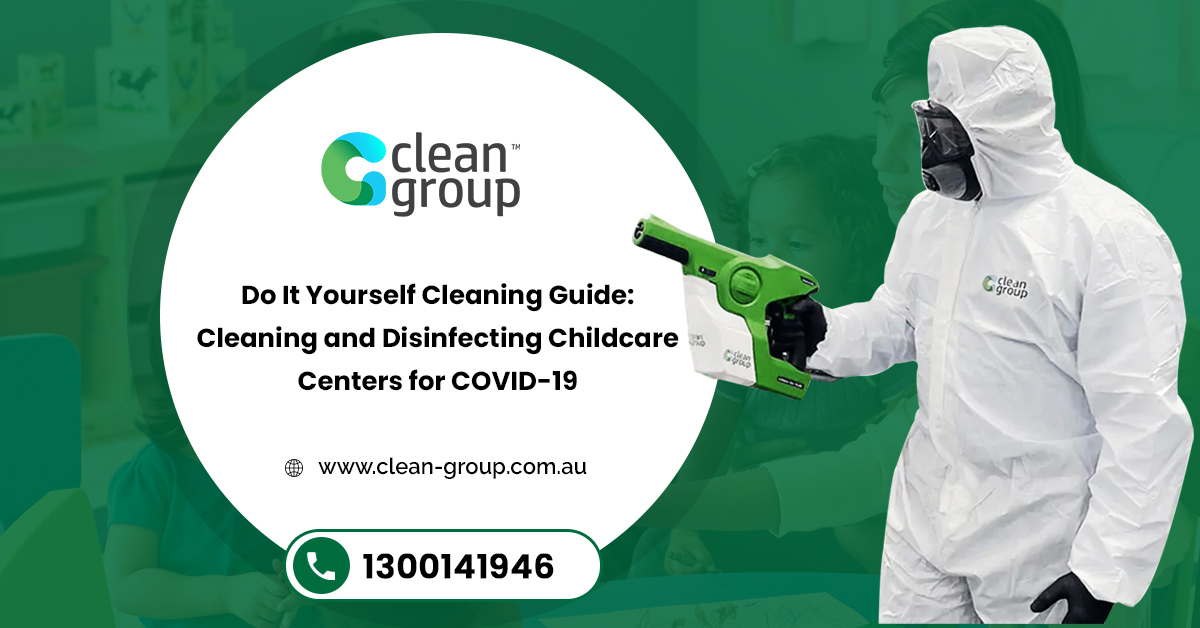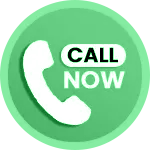Childcare centres have an admirable job, which is providing for early stimulation and education to our children. However, just like everyone else, these centres have had to close their doors for a long time during the pandemic, and finally, they’re able to make a comeback.
This article illustrates the correct way of commercial cleaning and disinfecting childcare centres following the COVID-19 biosafety regulations. Hopefully, after reading it, you’re able to continue creating secure and healthy environments for your clients and their kids. If you are looking for Covid-19 cleaning services for your childcare centres. Here we are sharing a DIY cleaning guide for your childcare centres during COVID-19.
However, keep in mind that regulations may change depending on your jurisdiction, and this guide isn’t meant to replace any local laws that your specific area might demand.
Preparation and Planning
With the new virus outbreak, everyone should be prepared for cases to spike up. This means stacking up disinfectants and all the needed materials for maintaining a sanitized environment.
Be sure to use EPA registered products for all your disinfecting activities. However, a widely known cleaning technique is using a solution of bleach and water to disinfect your surfaces. Sadly, not all types of bleach are suitable for this purpose; take a look at their differences among types:
- Regular bleach or chlorine bleach contains the right amount of sodium hypochlorite needed to act as a disinfectant
- Non-splash bleach contains a lower amount, and it would be ineffective to use as a disinfectant
- Colour-safe bleach uses hydrogen peroxide instead of sodium hypochlorite, which makes it unacceptable to use as a disinfectant
Difference Between Cleaning, Sanitizing and Disinfecting
Although they are often used as interchangeable terms, they have key differences that are important to keep in mind when cleaning your facilities. Cleaning refers to physically removing the dirt and germs from a given surface using soap or detergent and water.
Sanitizing lowers the number of germs on a given surface to a level accepted by public health. On the other hand, disinfecting kills almost all germs on a given surface. These two methods are done through a chemical process.
Remember that you must always clean before doing any of the other chemical methods, as they can only act appropriately on surfaces that are 100% clean and dry.
When working with kids, we need to know the difference between the areas we must sanitize from those we must disinfect. Most areas that are going to be in direct contact with kids, such as mouthing toys, kitchen supplies, cribs, mattresses, even the floor, must be sanitized, not disinfected. The latter could be too hard for a kid’s system and cause intoxication.
On the other hand, surfaces that get in contact with bodily fluids like changing stations and training potties must be disinfected to eliminate all germs right away. Keep in mind that you might have to sanitize and disinfect your surfaces more or less often, depending on the pace at which they get dirty.
Use the Proper Disinfectant
In order to clean correctly, you and all of your staff must know everything about the disinfectants you’re using. Hence, we highly encourage you to read all labels and learn how your products work. Here are some recommendations when choosing the proper disinfectant for your daycare:
- Buy commercial-use labelled disinfectants, as those labelled “hospital-grade” can be toxic for kids
- Don’t use anything labelled as germicidal
- Refrain from using anything with the word danger or corrosive
- Do not mix chlorine bleach and ammonia
- Always check the labels to be sure about what products can and cannot be mixed
How to Clean Surfaces
Firstly, you must clean all dirty surfaces with water and detergent; you can use disposable wipes to ensure this is done constantly throughout the day.
Then, take your solution of five tablespoons of bleach per gallon of water and let it sit on your desired surface for at least 10 minutes before rinsing it out with water.
You can also use alcohol solutions with at least 70% alcohol and most EPA registered disinfectants. Make sure to check the expiration dates on all of your products and read the instructions to ensure you’re doing everything correctly.
If the surface you want to clean is soft, such as rugs, carpets, and drapes, remove any contamination that you can find and clean with any standard cleaning method. Then, launder the items with the warmest possible water and dry them thoroughly.
How to Clean Laundry
The first thing to consider is not to shake dirty laundry, as this would disperse all viruses into the air and further contaminate your surfaces. Then, you can proceed to wash them as you usually do. Afterwards, launder the fabric with the warmest possible water and dry them completely once you’re finished.
Don’t be scared of one piece of laundry contaminating the rest. Once they’re all washed and disinfected, you aren’t going to have anything to worry about. Make sure to disinfect any hampers you used to transport the laundry by following the steps listed on how to clean surfaces.
How to Clean Electronics
Our best recommendation is to use protective covers for all your electronics, as cleaning them is a very delicate process and must be done with extra care if you don’t want to damage them.
However, if it is too late and you already need to clean them, the next best thing you can do is to use alcohol wipes with at least 70% alcohol and carefully rub them on the surfaces and creases of your electronics.
Make sure they’re turned off and all the batteries are out to prevent any shortcuts from happening. Let them dry completely before using them again.
How to Clean Toys
One thing that you can do to make this process a lot easier is to separate them into two categories: cloth/stuffed toys and wood/plastic toys. Make sure to collect them as they get dirty throughout the day; since kids tend to suck on them and throw them around, these are the elements that get most dirty.
We can clean our toys in three different ways: by hand, in a dishwasher, and using a washing machine. Keep reading to find out the right way to do it.
Cleaning by Hand
The steps to clean toys by hand are usually the same we have used to clean the rest of our surfaces. First, we need to clean the toys by scrubbing away all the saliva, dirt, and germs on them with soap. Don’t even think about skipping this step, as it is the most important one.
Then, give them a nice rinse with water and dry them to eliminate any excess soap or germs that may remain on their surface. Finally, dip them in the disinfectant or chlorine solution for about 10 minutes. Please protect your hands with gloves while doing this.
After the disinfecting process is done, take the excess water off with a towel and allow them to dry overnight. Don’t worry about any chlorine residue, as it completely evaporates during the drying process.
Cleaning in a Dishwasher
On occasion, you have the option to wash hard toys in your dishwasher. This makes the process a lot more straightforward than washing them by hand, as you only need to set up the dishwasher with the recommended amount of detergent and run the toys through the whole wash and dry cycle.
Please, don’t wash your toys with any dirty dishes, as they could get contaminated or damaged during the cleanse.
Cleaning in a Washing Machine
On the other hand, you could use your washing machine for most of your soft toys. Although, you definitely should check the indications on the toy before doing anything.
If you can clean them in a washing machine, use any detergent and the hottest possible water. Afterwards, run them through a dryer, and you’re good to go.
Professional Protective Equipment
In order to perform any cleaning procedure or even handle the trash, all of your staff must wear appropriate PPE such as gloves, gowns, and a mask. These elements can be either disposable or reusable, but they must be compatible with all the detergents and disinfectants that are being used.
Every time that someone takes off their gloves, they must follow the following steps:
- Wet your hands with water and apply some soap
- Rub your hands together with soap and lather every surface and crevice
- Scrub for around 20 seconds, or the time it takes you to hum the Happy Birthday song twice from front to back
- Rinse with running water
- Dry thoroughly with a clean towel
Hand Hygiene
Every person on your staff should constantly be washing their hands with soap and water. If soap and water aren’t immediately available, hand sanitiser with at least 70% alcohol is acceptable.
However, this is only an option if the hands aren’t visibly dirty; if they are, they must be washed right away with soap and water.
Some of the instances where you should be washing your hands are:
- After taking your gloves off
- When directly touching a child’s face or bodily fluids
- Before cooking or eating
- After touching any animals
- Before any routine care for kids
- After coughing or sneezing
Bottom Line
Cleaning up your facilities and preparing yourself to work in these difficult times shouldn’t be something to stress about. Yes, you must educate yourself on the matter and make sure everything goes according to regulations. However, it becomes a lot easier and part of your routine once you know all of this.
Hopefully, this article helped you to better understand how we can begin to fight against COVID-19 by just being responsible and maintaining everything with cleanliness.

